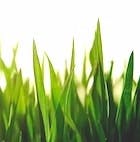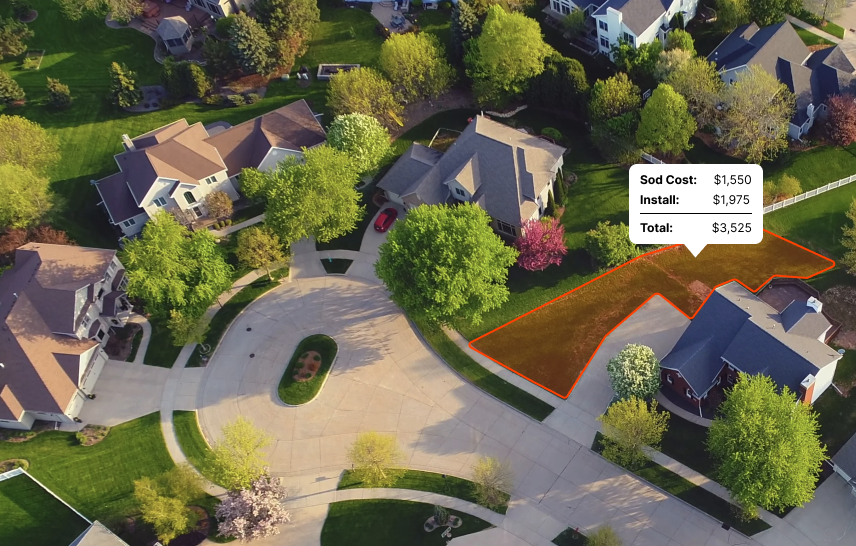It's important to note that grasses may require different levels of maintenance, such as watering, fertilizing, and mowing, depending on the grass zone and type. Overall, understanding the grass zone and climate in Idaho is important for choosing the best grass to grow in a particular area, as well as knowing when to plant and how to properly maintain it.”
Introduction
Idaho's climate is classified as continental, which means it can experience hot summers and cold winters. The state is also divided into several grass zones, which are determined by factors like elevation, temperature, and precipitation.
These factors can greatly affect the types of grass that thrive in certain areas. For example, in the warmer and drier southern part of the state, grasses that are more drought-tolerant may be better suited.
In the cooler and more humid northern parts of the state, grasses that can handle colder temperatures and more moisture may be more successful. The best time to lay grass in Idaho will depend on the specific grass zone and the type of grass being planted.
Generally, it's recommended to plant cool-season grasses in the early spring or late summer. Warm-season grasses are best planted in late spring or early summer when the soil and air temperatures are warmer.
What are the best sod types for ID?
In the world of landscaping, not all grasses are created equal. Each thrives in a specific climate zone: cool, warm, or transition.
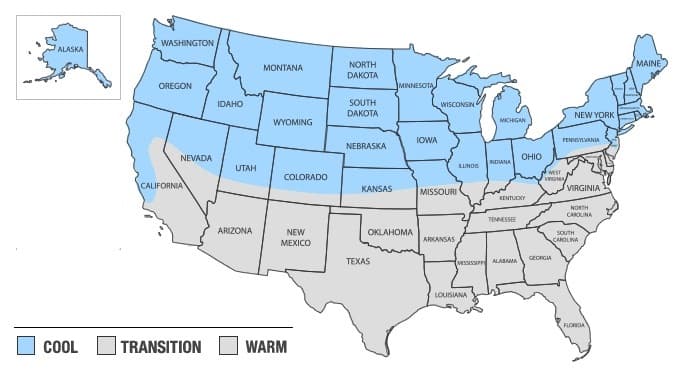
Idaho, with its cool season climate, prefers a particular set of grasses that relish the lower temperatures. The following sods are the easiest to grow and maintain in Idaho:
While it's possible to grow grasses meant for other regions with proper care, attention and timing, these are the most common grasses in Idaho for residential lawns.
Level Up Your Lawn Skills
Once per week we'll send you an interview from someone who has mastered the art of lawn care.
Recommended species for shade
Boom! Let's dive into the best grass types for shade in the Gem State, Idaho. We're talking about those green beauties that can thrive with less sunshine, without skimping on lushness or longevity.
First up, we've got Fine Fescue Grass. This is the James Dean of shade-tolerant grasses - cool, resilient, and manages to look stunning even under tough conditions. We’re talking about four to six hours of sunlight per day. Not bad, right?
Now, meet Tall Fescue Grass. It's tougher than a two-dollar steak with deep roots that can suck up more moisture. This means it can handle a bit more sunshine, but it's also robust in the face of drought. Six to eight hours of sun - and it’s a happy camper. Make sure your soil isn’t too acidic though, or you’ll have a sad, yellow Tall Fescue on your hands.
Next, we introduce you to Kentucky Bluegrass. Now this is a bit of a dark horse when it comes to shady spots. While it's a sun-lover at heart, certain varieties like 'Glade' and 'Bensun' have adapted to be shade-friendly. They do need 6-8 hours of filtered light at best, but if your shady area gets that, they could be your new green best friend.
Last but definitely not least, the perennial ryegrass. This one's a warrior. It stands strong in cool temperatures (Idaho winter, anyone?), and can make do with four to six hours of sunlight. It’s pretty popular because of its amazing ability to germinate quickly and provide a quick green cover.
Remember, while these grass varieties are more shade-tolerant, they still need some sun. And don’t forget about good maintenance practices. Proper watering, mowing, and fertilizing can make a big difference.
Excited to green up those shadows now? Choosing a shade-tolerant grass type is just the first step. Let's move on.
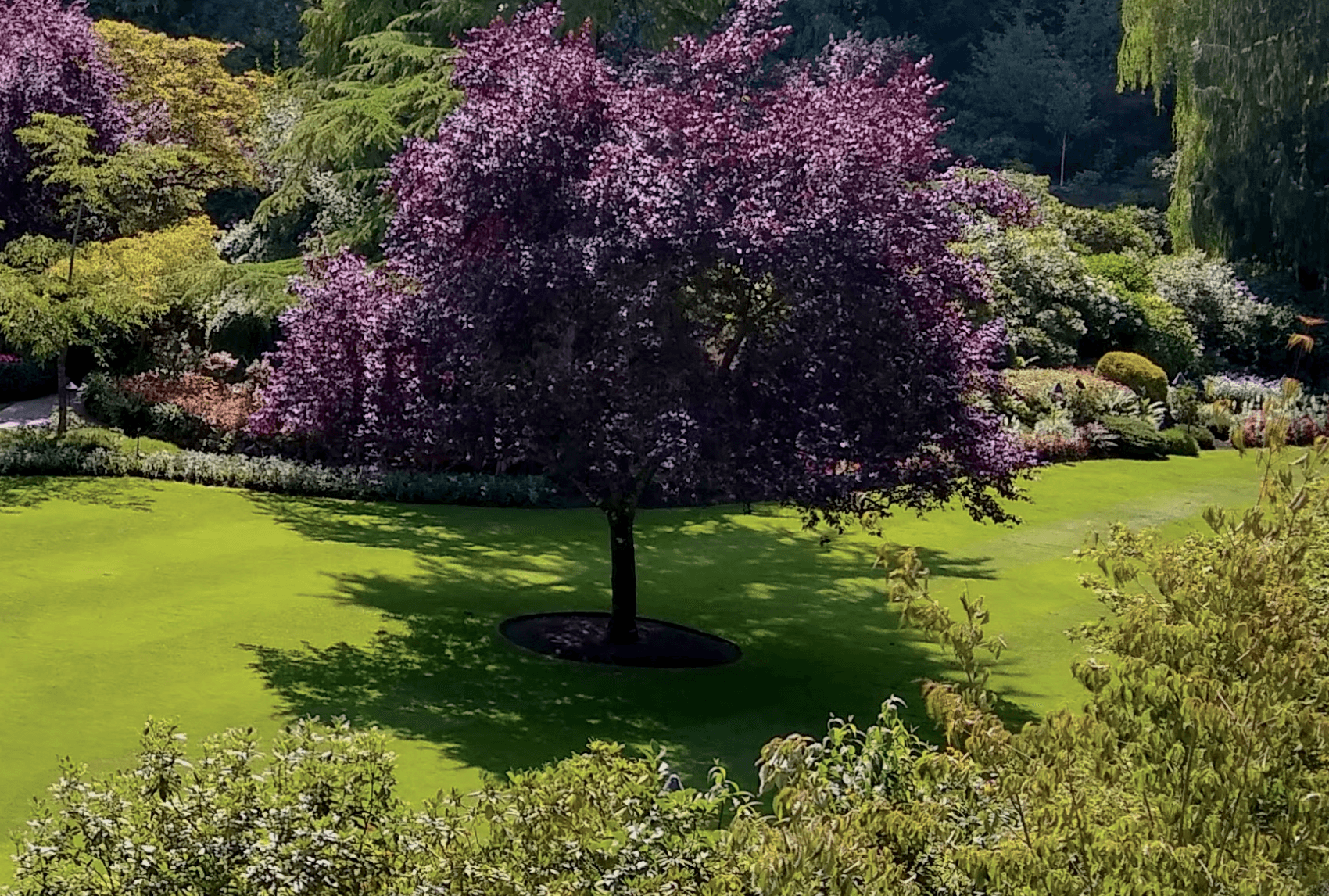
Recommended for full sun or partial sun
Choosing the right sod for your lawn depends heavily on the sunlight exposure in your yard. Different grass types have varying light requirements for optimal growth and appearance. Assessing whether your lawn receives full or partial sun is essential in selecting sod that will flourish and stay healthy in your specific environment.
Below are some sod options recommended for either full sun or partial sun conditions in ID:
| Grass Type | Sun | Good to Know |
|---|---|---|
| Tall Fescue | Partial | Tall Fescue is adaptable to a range of conditions, including partial sun, and is known for its deep root system and tolerance to drought. |
| Kentucky Bluegrass | Full | Kentucky Bluegrass prefers full sun and is prized for its fine texture, rich color, and ability to recover quickly from damage. |
| Perennial Ryegrass | Full | Perennial Ryegrass thrives in full sun and is known for its rapid germination, fine texture, and bright green color. |
| Fine Fescue | Partial | Fine Fescue is well-suited for partial sun and is appreciated for its fine texture, shade tolerance, and low maintenance requirements. |
What varieties stay green year-round?
As with anything agriculture related, there is some nuance to this question. There are many grasses that can stay green year round in but it depends heavily on your location within Idaho as well as any microclimates that may exist.
The following grasses have the ability to stay green year round in Idaho:
| Grass Type | Caveats |
|---|---|
| Tall Fescue | It typically stays green throughout the year in milder climates, given that it isn't overly stressed by heat or drought in the summer. |
| Kentucky Bluegrass | It can retain its green color for much of the year when well-maintained, though harsh winter temperatures can push it towards dormancy and a browner hue. |
| Perennial Ryegrass | It can stay vibrant and green throughout the year in many climates, unless conditions are extremely cold or dry. |
| Fine Fescue | It keeps its green color throughout the year in ideal conditions. If the winters are particularly harsh, it may lose some color. |
What is the best time to lay sod in Idaho?
Since it is considered a cool-season location, the ideal time to lay sod is in early spring or early fall. These periods offer moderate temperatures, leading to less stress on the sod and providing optimal conditions for root establishment before extreme temperatures of winter or summer. Avoid the summer, as high heat can stress the sod.
As you can see in the image below, you'll notice the most shoot growth (the grass above ground) and root growth in the spring and fall for cool season grases:
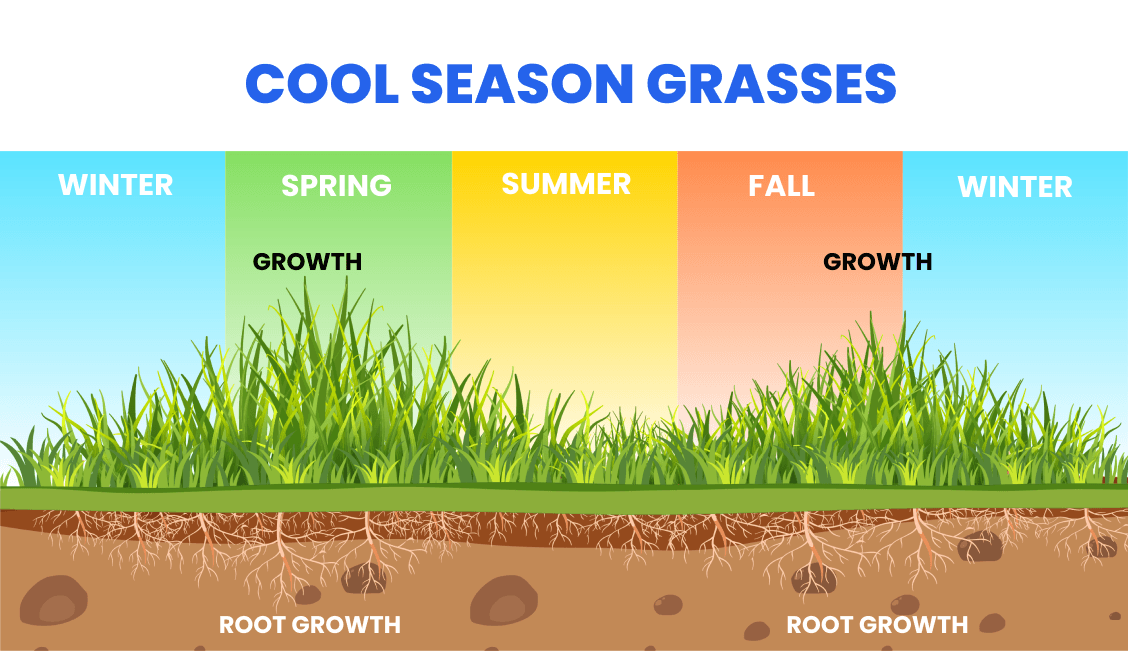
Find reputable companies for installing sod in ID
Here are the top problems you'll face when trying to get sod installed by a landscaping company:
- They're not transparent about pricing. You'll often get a quote that's way higher than you'd expect.
- They're hard to get ahold of on the phone or you'll reach out online but won't hear back.
- It's hard to pin them down for a specific date. Because you can only bring sod from the farm when there's decent weather, this causes some delays at times. It also has a short shelf life, so it's important to get it installed within a day or two of delivery.
We've done all the work for you. Click below to get a quote from one of the top installers in Idaho.
